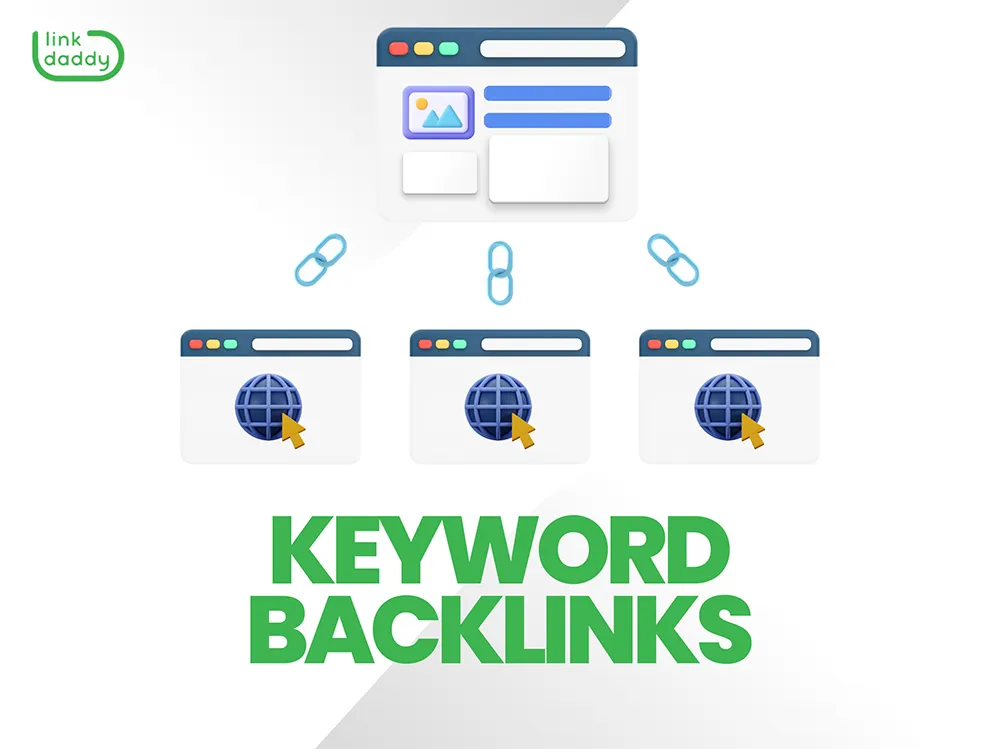Recognizing the Various Kinds Of Cloud Solutions and Their Usages
In today's electronic landscape, the world of cloud computing provides a varied variety of services that satisfy the requirements of organizations and people alike. From Framework as a Solution (IaaS) to Software Program as a Service (SaaS), each type of cloud service serves a distinct function and supplies distinctive benefits. Recognizing the distinctions in between these numerous cloud models is essential for enhancing operations, improving scalability, and making sure cost-efficiency in a significantly interconnected world. By checking out the nuanced capabilities and applications of each cloud solution, one can browse the intricacies of cloud computing with accuracy and insight.
Infrastructure as a Solution (IaaS)
Framework as a Solution (IaaS) offers users with virtualized computing sources online on a pay-as-you-go basis. This cloud computer model delivers important IT facilities such as digital makers, storage space, and networking without the demand for organizations to purchase and take care of physical web servers and data facilities. With IaaS, customers can scale resources up or down based upon their demands, providing flexibility and cost-efficiency.
One of the crucial benefits of IaaS is its capability to quickly arrangement and deploy framework parts, making it possible for businesses to react swiftly to changing needs and market conditions. By contracting out facilities monitoring to the solution provider, companies can concentrate much more on their core organization tasks instead of taking care of the complexities of equipment maintenance and upgrades.
Furthermore, IaaS supplies a high level of dependability and safety and security, with service providers typically using robust data back-up, disaster healing, and cybersecurity measures. This assists make certain that vital organization operations continue to be continuous and information continues to be safeguarded versus potential risks. linkdaddy cloud services. In general, Framework as a Solution improves IT operations, enhances scalability, and reduces funding expenditures for businesses of all sizes
System as a Solution (PaaS)
Structure upon the structure of Facilities as a Solution (IaaS), System as a Solution (PaaS) uses a thorough setting for programmers to develop, release, and handle applications without the intricacies of underlying facilities administration. PaaS offers a platform with devices and services that streamline the growth procedure, enabling designers to concentrate on writing code and building applications rather than dealing with infrastructure problems.

Software as a Solution (SaaS)
Software Program as a Service (SaaS) changes the method organizations gain access to and make use of software applications by providing them on a subscription basis with cloud service providers. This cloud computer model gets rid of the demand for organizations to set up and preserve software program on individual devices, as whatever is hosted and managed centrally in the cloud.
SaaS offers a cost-efficient solution for services as they just spend for the his comment is here software they use without the included expenditures of equipment upkeep or software application updates. It likewise supplies scalability, permitting companies to quickly change their software application needs based upon their demands.
Moreover, SaaS applications can be accessed from any tool with an internet link, advertising partnership and flexibility amongst remote groups. Security is a leading concern in SaaS, with carriers applying durable measures to secure information saved in the cloud.
Popular examples of SaaS consist of customer partnership monitoring (CRM) software like Salesforce, productivity tools like Microsoft Office 365, and cooperation systems like Google Work space. SaaS remains to gain grip in business world due to its cost-efficiency, scalability, and ease.
Function as a Service (FaaS)
With the advancement of cloud solutions like Software application as a Service (SaaS) improving software delivery, Feature as a Service (FaaS) represents a standard shift in how code is performed in a serverless environment. FaaS permits designers to write and implement private functions or pieces of code in feedback to certain events without the demand to handle the infrastructure. This serverless computer model enables programmers to focus solely on composing code to execute details performances, without concerning themselves with the underlying framework or server monitoring.
Among the key benefits of FaaS is its ability to scale instantly based on the incoming workload. Features are implemented in stateless containers that are spun backwards and forwards as required, guaranteeing optimal source application and cost-effectiveness. FaaS is specifically helpful for event-driven and microservices architectures, where code implementation is activated by occasions such as HTTP requests or data source updates. By extracting the infrastructure layer, FaaS streamlines growth, increases time to market, and improves general agility in deploying cloud-native applications.
Storage as a Service (STaaS)
A basic part in cloud computing, Storage as a Service (STaaS) provides customers great post to read with a scalable and efficient option for taking care of data storage requirements. STaaS permits organizations to keep and fetch information from remote web servers via the internet, getting rid of the demand for on-premises equipment. This solution offers flexibility by allowing individuals to pay only for the storage space they use, making it an economical remedy for organizations check that of all dimensions.

STaaS is particularly useful for companies with fluctuating storage demands, as it provides a secure and trusted storage space solution without the requirement for considerable upfront financial investments. By leveraging STaaS, organizations can streamline their information management procedures, enhance ease of access, and improve data security in an inexpensive way.

Conclusion
In conclusion, comprehending the different types of cloud solutions and their uses is crucial for companies and people looking to leverage the benefits of cloud computer. By making use of the appropriate cloud service, organizations can improve their effectiveness, scalability, and versatility in managing their IT framework and applications.
From Facilities as a Service (IaaS) to Software Program as a Solution (SaaS), each type of cloud service offers a distinct purpose and provides unique advantages. universal cloud Service. By discovering the nuanced performances and applications of each cloud solution, one can browse the complexities of cloud computing with precision and insight
With the evolution of cloud services like Software program as a Service (SaaS) improving software shipment, Function as a Solution (FaaS) stands for a standard change in just how code is implemented in a serverless atmosphere.In final thought, understanding the different kinds of cloud solutions and their usages is crucial for businesses and people looking to leverage the advantages of cloud computing. By utilizing the best cloud solution, organizations can enhance their effectiveness, scalability, and adaptability in managing their IT infrastructure and applications.